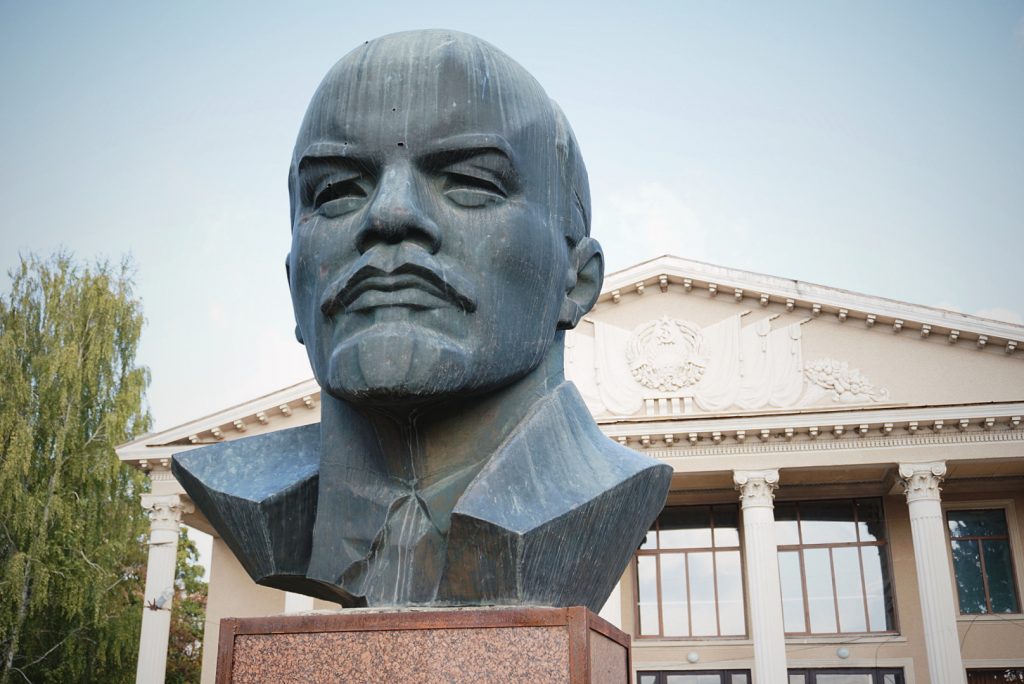
What socialist countries and communist countries still exist in 2025, what are the differences between the two and is there much other left-wing action going on in the world?
YPT have all that and more in our 2025 socialist countries and communist countries (and more) guide.
Table of Contents
Which countries are communist in 2025?
Communist states in 2025 operate under Marxist-Leninist principles, with the Communist Party at the helm of governance. These countries focus on state control of key industries, centralized planning, and the pursuit of social equality, often resisting Western influence.
- Democratic People’s Republic of Korea (DPRK): Governed by the Workers’ Party of Korea, the DPRK follows the Juche ideology, emphasizing self-reliance and independence. While the state remains centralized, it continues to uphold socialist principles in governance, with a focus on national sovereignty and anti-imperialism.
- China: The Communist Party of China (CPC) leads the country under “socialism with Chinese characteristics.” .While incorporating market reforms, the CPC remains the dominant political force, guiding the nation’s policies on economic growth, national security, and global influence.
- Cuba: The Communist Party of Cuba governs with a focus on social equality, education, and healthcare. Despite economic hardships due to the U.S. embargo, Cuba remains committed to socialism, emphasizing the protection of its revolutionary gains and national sovereignty.
- Vietnam: The Communist Party of Vietnam governs with a mixture of Marxist-Leninist principles and market-oriented reforms. The state focuses on poverty reduction, rural development, and national unity.
- Laos: The Lao People’s Revolutionary Party governs as a one-party socialist state. Laos prioritizes rural development and poverty alleviation while maintaining a strong commitment to socialist values.
Click to read about political parties in North Korea.
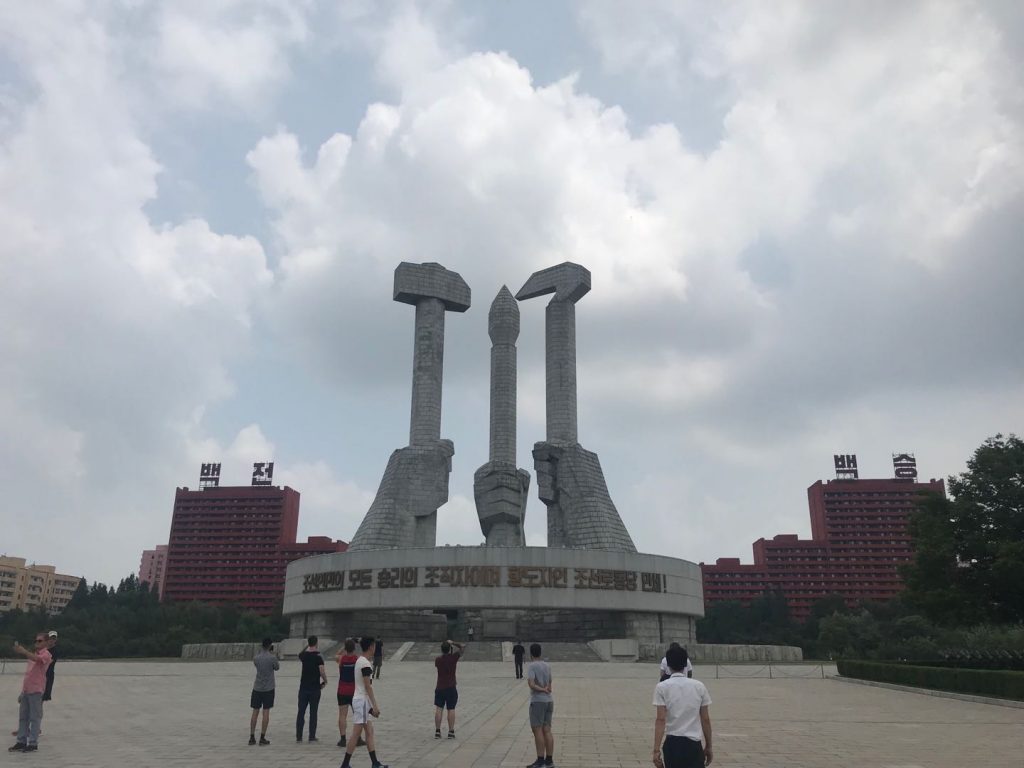
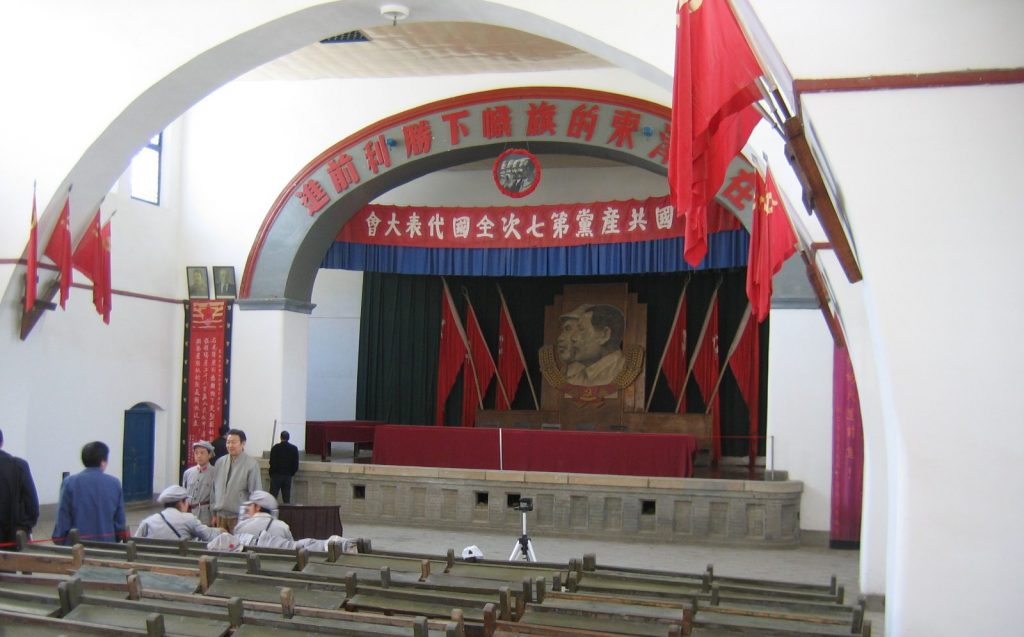
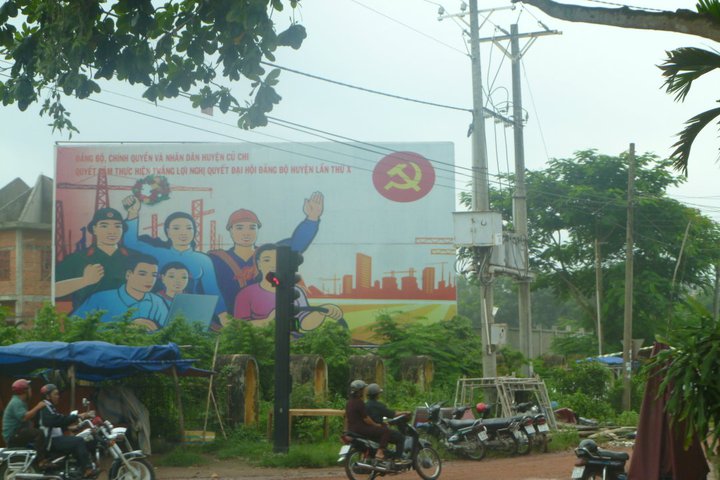

Which Countries Are Socialist in 2025?
Socialist governance spans countries that implement significant state control over resources and industries, emphasizing social equity and welfare, often blending state control with market-oriented reforms.
- Venezuela: The United Socialist Party of Venezuela (PSUV) governs the country, continuing the legacy of Hugo Chávez’s Bolivarian Revolution. Venezuela’s socialist policies include the nationalization of oil and other key industries, land redistribution, and extensive social welfare programs.
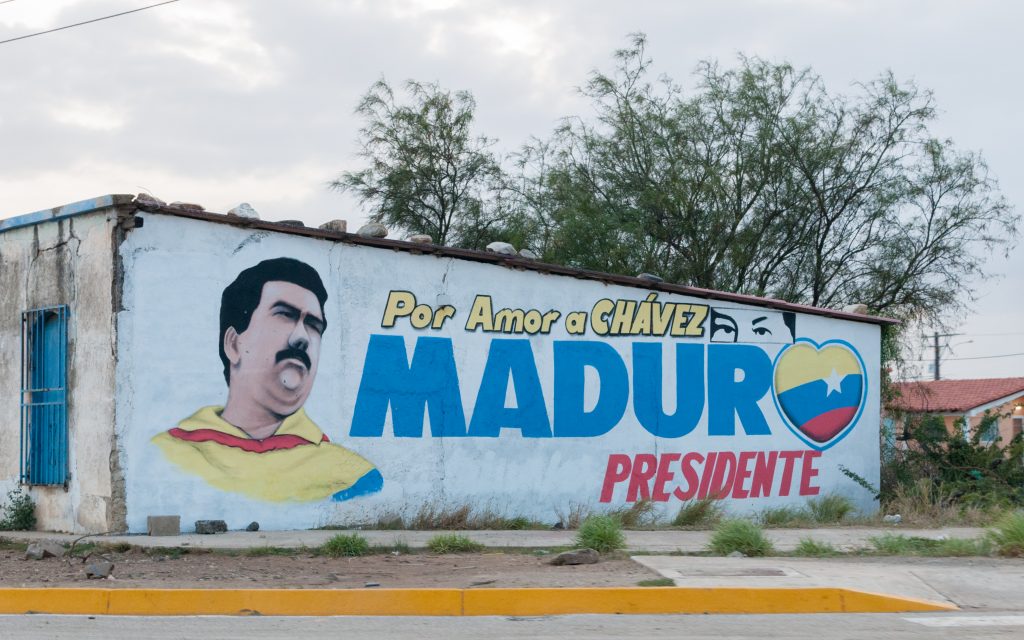
- Nepal: Nepal’s political landscape is heavily influenced by socialist principles. The Communist Party of Nepal (Unified Marxist-Leninist) and the Maoist Centre are key political players, with socialism at the core of its national agenda.
- Nauru: While not a communist state, Nauru follows a socialist-oriented model with a focus on social welfare, including free education, healthcare, and extensive social services.
- Rojava: The Democratic Federation of Northern Syria, or Rojava, operates under a unique form of left-wing anarchism influenced by socialist principles. The region emphasizes direct democracy, gender equality, ecological sustainability, and anti-capitalism. Click to read about anarchism in Rojava.
- Bolivia: The Movement for Socialism (MAS) party in Bolivia focuses on resource nationalism, indigenous rights, and social equity under President Luis Arce.
- Nicaragua: The Sandinista government, led by Daniel Ortega, advocates for socialist policies, including education and healthcare expansion, land redistribution, and anti-imperialism.
- Eritrea: Eritrea emphasizes self-reliance, national unity, and state control over key sectors of the economy.
Click to read about the biggest political parties in the world.
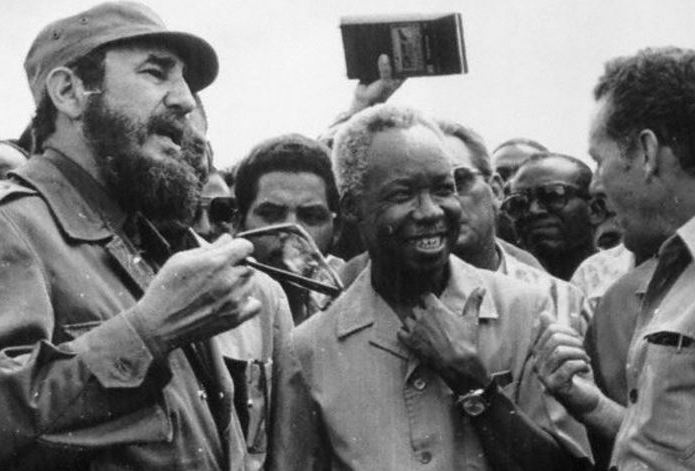
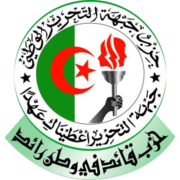
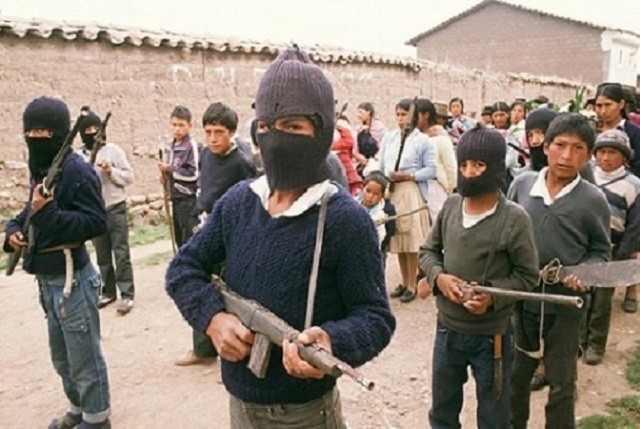
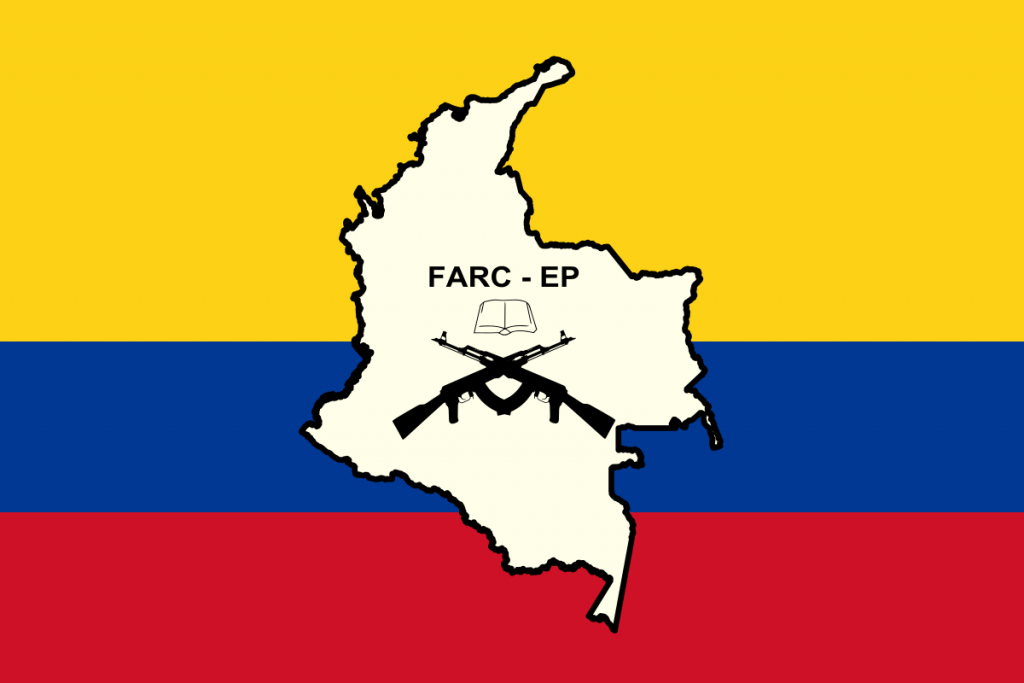
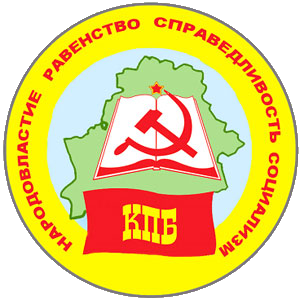
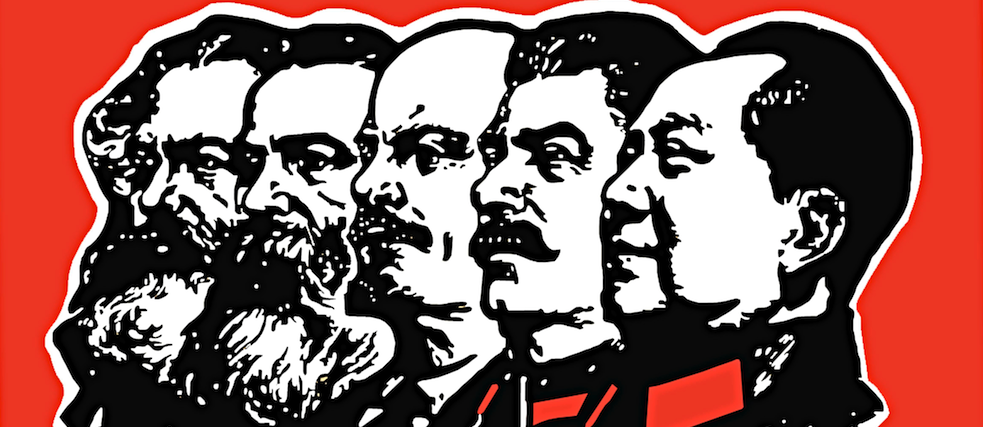
Communist Parties in Ruling Coalitions
Several nations include communist or socialist parties in their ruling coalitions, influencing policy through their participation in government:
- India: The Communist Party of India (Marxist) holds significant influence in states like Kerala, where it governs with progressive social policies.
- South Africa: The South African Communist Party (SACP) remains part of the tripartite alliance with the African National Congress (ANC), shaping policies on labor and social welfare.
- Portugal: The Portuguese Communist Party participates in left-wing coalitions, influencing policies on workers’ rights and public welfare.
- Chile: The Communist Party of Chile is a key member of the ruling coalition under President Gabriel Boric, advocating for progressive reforms and social equity.
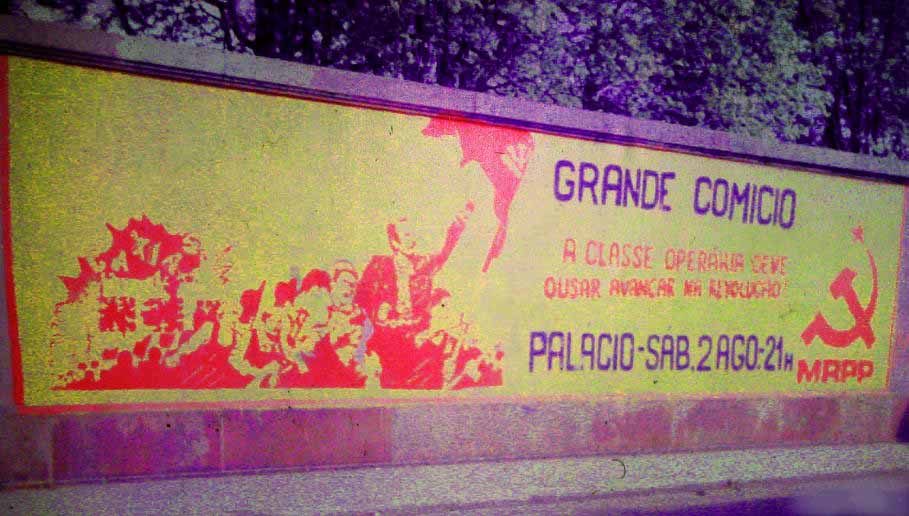
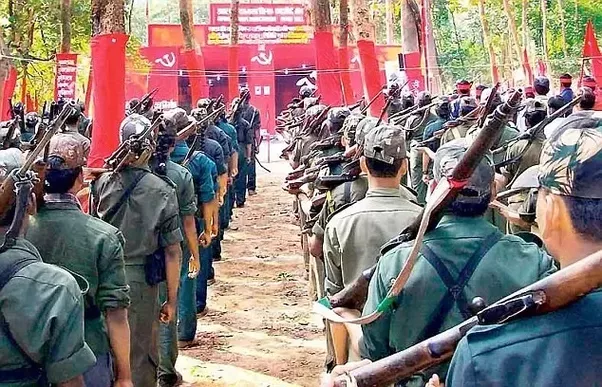
Biggest Communist Parties in Opposition
While some communist parties hold power or participate in governing coalitions, others operate as influential opposition forces, shaping national debates and organizing grassroots movements. These parties remain steadfast in their commitment to Marxist principles, often advocating for workers’ rights, anti-imperialism, and public ownership.
India: Communist Party of India (Marxist) [CPI(M)]
India’s CPI(M) is one of the largest and most organized communist parties in opposition globally. Although its influence has waned in recent decades, particularly in former strongholds like West Bengal and Kerala, it continues to advocate for land reforms, labor rights, and opposition to privatization. The CPI(M) plays a critical role in mobilizing trade unions and influencing policy debates in India.
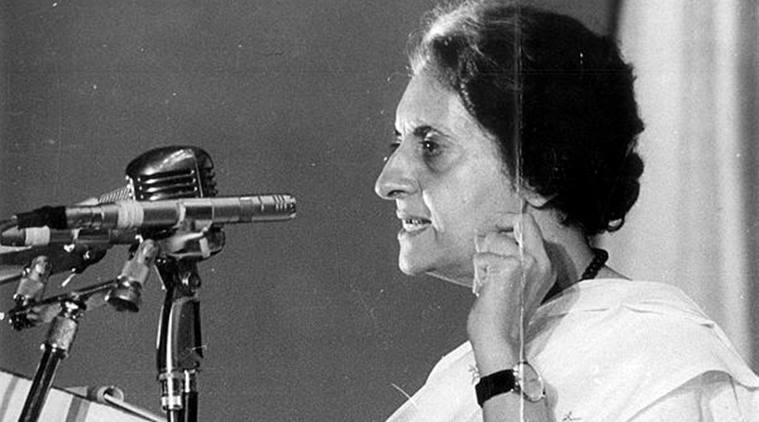
Russia: Communist Party of the Russian Federation (KPRF)
The KPRF is the second-largest party in Russia and the main opposition to Vladimir Putin’s United Russia party. It blends traditional Marxist-Leninist principles with nationalist rhetoric, appealing to those nostalgic for the Soviet Union. The KPRF advocates for nationalizing key industries, increasing social welfare, and opposing Western influence.
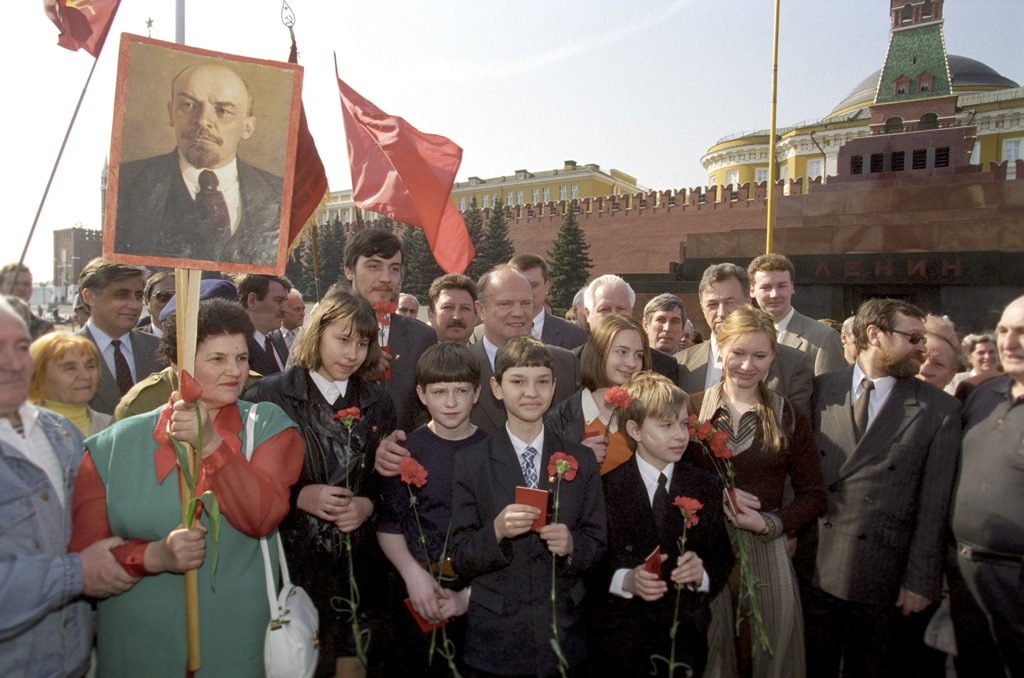
Philippines: Communist Party of the Philippines (CPP)
While the CPP is more associated with its armed wing, the New People’s Army, it also functions as an influential opposition force, particularly in rural areas. The party seeks to overthrow the existing system through a protracted people’s war, combining military and political strategies to challenge imperialism and feudalism.

Nepal: Communist Party of Nepal (Unified Marxist–Leninist) [CPN-UML]
In Nepal, the CPN-UML has alternated between governing and opposition roles. While it has recently been out of power, the party remains a significant force in Nepalese politics, pushing for socialist reforms and opposing the dominance of neoliberal policies.
Click to read about communist in Nepal.
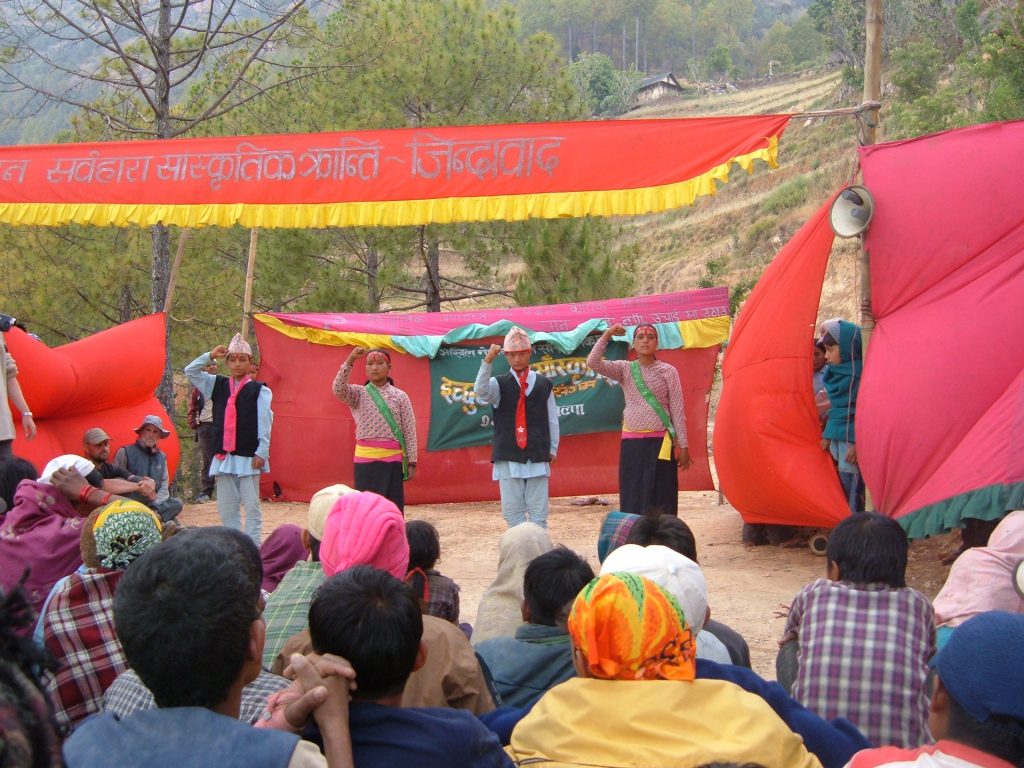
South Africa: Economic Freedom Fighters (EFF)
The EFF, led by Julius Malema, is a revolutionary socialist party advocating for land expropriation without compensation, nationalization of key industries, and wealth redistribution. Although not explicitly communist, the EFF’s policies align closely with anti-capitalist and anti-imperialist ideologies, making it a significant left-wing opposition force in South Africa.
These parties, despite operating in opposition, remain vital to their countries’ political landscapes, challenging the status quo and keeping socialist ideals alive in the face of capitalist dominance.
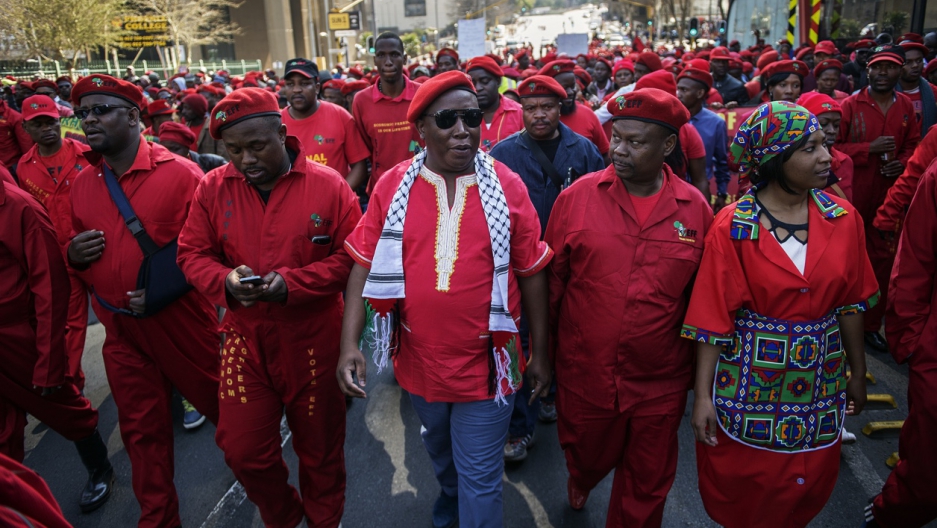
Revolutionary Governments in West and Central Africa
In 2025, several African nations are governed by revolutionary military-led governments emphasizing anti-colonialism and national sovereignty. These governments adopt left-leaning rhetoric and policies to resist neocolonial influence.
- Burkina Faso: Captain Ibrahim Traoré leads Burkina Faso with a strong anti-imperialist stance. The government has expelled foreign military forces and advocates for African unity.
- Mali: Colonel Assimi Goïta governs Mali, emphasizing national sovereignty and resource control, while rejecting Western influence.
- Guinea: Colonel Mamady Doumbouya’s government focuses on resource nationalism, particularly in the mining sector, and calls for African nations to unite against external exploitation.
- Niger: General Abdourahamane Tchiani leads Niger with a focus on anti-colonialism and nationalizing resources.
- Chad: General Mahamat Idriss Déby Itno governs Chad, blending military rule with anti-colonial rhetoric and regional security initiatives.
Cold War 2.0: A New Global Order
The Cold War may have ended, but 2025 sees the emergence of a new global struggle for influence. While no longer a communist bloc, countries like China, Russia, and their allies in BRICS (Brazil, Russia, India, China, South Africa) are challenging the Western-dominated global order.
- Anti-Colonialism: Nations in Africa, Asia, and Latin America increasingly align with BRICS to resist Western hegemony.
- Economic Alternatives: BRICS promotes trade and development frameworks that bypass traditional Western institutions like the IMF and World Bank.
- Technology and Defense: China and Russia lead efforts to counterbalance NATO’s influence.
Left-Wing Insurgencies in 2025
Despite setbacks, left-wing insurgencies remain active worldwide, fighting for revolutionary change:
- Naxalites (India): The Communist Party of India (Maoist) leads a decades-long insurgency, advocating for land reforms and tribal rights.
- New People’s Army (Philippines): The armed wing of the Communist Party of the Philippines continues its struggle against the government.
- FARC Dissidents (Colombia): Former members of the Revolutionary Armed Forces of Colombia (FARC) have resumed armed struggle, citing government non-compliance with peace agreements.
- ELN (Colombia): The National Liberation Army remains active, advocating for socialism and anti-imperialism.
- PKK (Turkey): The Kurdistan Workers’ Party continues its fight for Kurdish autonomy and socialism.
Click to read about the Colombian insurgency.
Independence Struggles Led by Left-Wing Parties
Left-wing movements also drive independence struggles worldwide:
- Western Sahara: The Polisario Front fights for independence from Moroccan control, advocating for socialism and anti-colonialism.
- New Caledonia: The Kanak Socialist National Liberation Front seeks independence from France.
- West Papua: The Free Papua Movement (OPM) resists Indonesian control, advocating for self-determination and environmental justice.
The Future of Socialism
So, while the there are certainly less communist countries and socialist countries in 2025 than there used to be, particularly with the fall of Assad, that is not to say that the movement is dead. Communist China is now without a doubt a superpower, although one may well argue just how communist it is.
One might also argue that we are now living in the age of the right-wing populist rather than the left-wing freedom fighter, particularly if we look at some of the most outspoken world leaders right now. And it is perhaps how the left deals with this threat which will determine the future of progressive forces globally.






